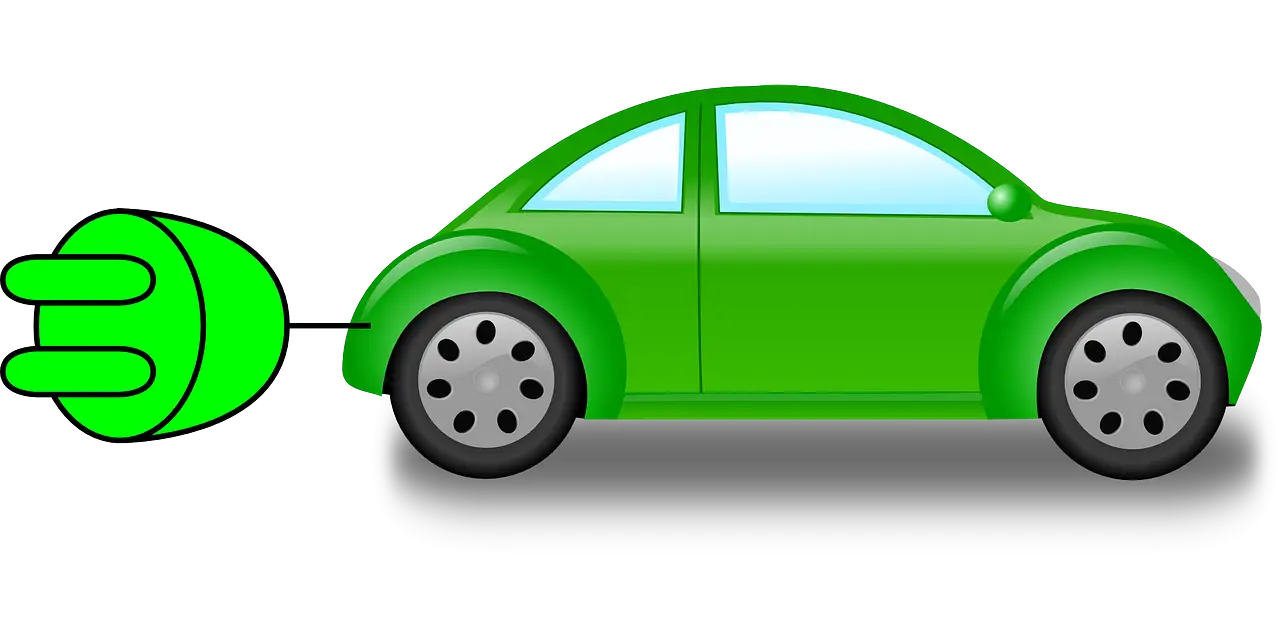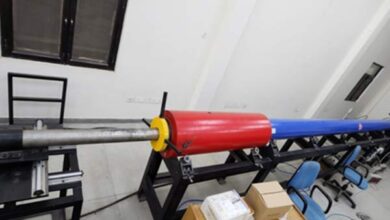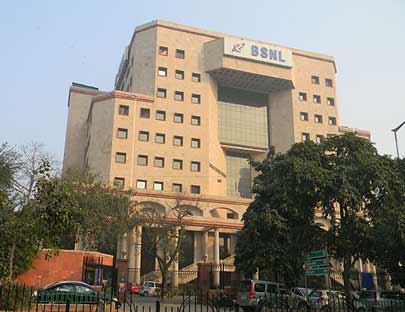NASA preparing to send probe to the Sun; expected launch on August 11
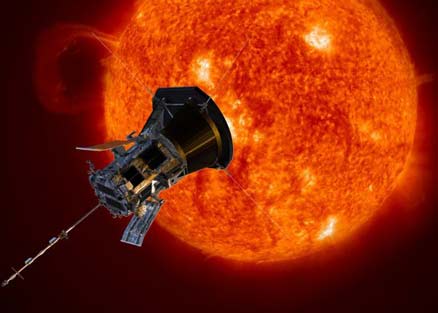
National Aeronautics and Space Administration (NASA) seems to have taken the idiom “aim for the stars” quite literally. The space agency is preparing to make its spacecraft reach the life sustaining star of our solar system- the sun. The $ 1.5 billion spacecraft designed to “touch” the sun will be launched on August 11. The name of this vehicle being sent to the Sun by NASA is called Parker Solar Probe. In the Parker Solar Mission, a car-shaped spacecraft will orbit the sun’s corona.
It has been named after the 91-year-old solar scientist Eugene Newman. In the next few years, the probe will orbit around 61 lakh kilometers from the Sun. This distance will be seven times less than all the research vessels sent on the Sun till date. This will be the first time that a satellite will be so close to the sun.
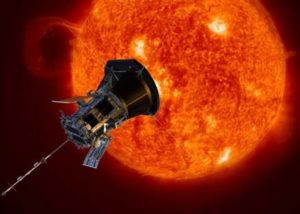
NASA has named the mission for the first time in the name of a living person. With every revolution it will come closer to the sun. The length of this research vehicle is 9 feet and 10 inches. It weighs 612 kg. Special Carbon Composite Heat Shield has been installed for saving the solar probe from suns rays. The thickness of this heat shield is 11.43 cm. The purpose of NASA’s mission is to study the effects of corona on the surface of the earth. Pictures of Corona will be taken through the spacecraft and the surface will be measured. The success of the mission was fully investigated for the Spacecraft at Cape Canverell Air Force Station on July 30. After this, it was placed on the launch vehicle. The spacecraft will travel directly into the Sun’s atmosphere, about 4 million miles from its surface.

